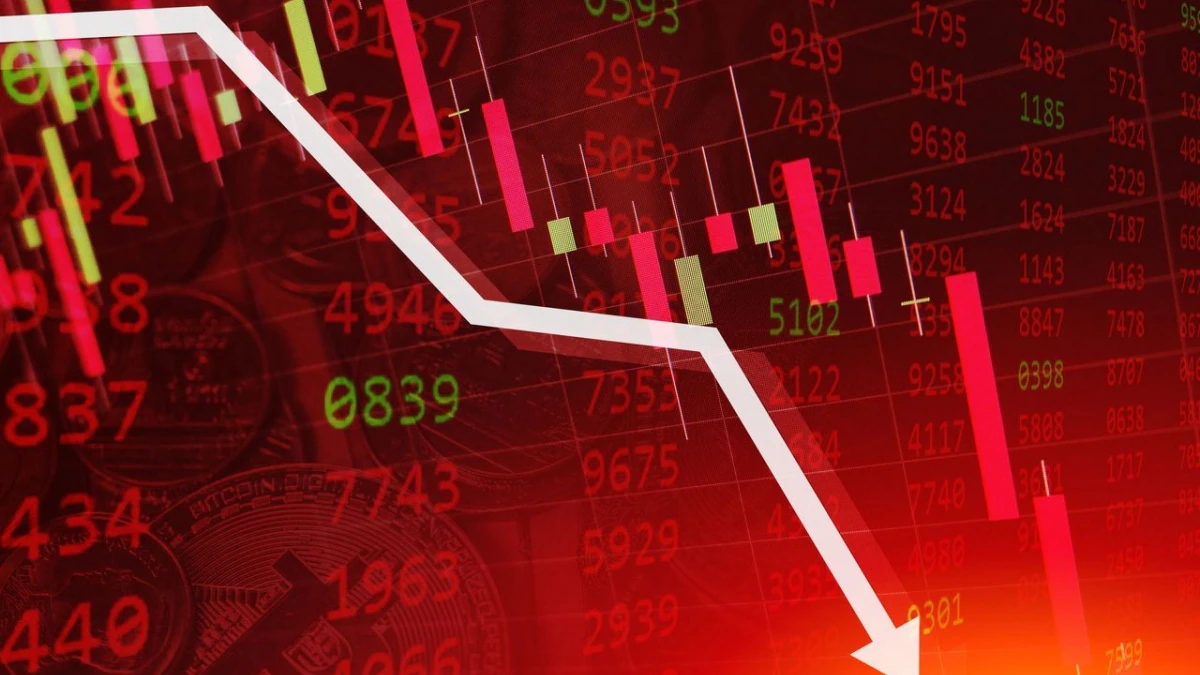For retail and professional traders alike, technical analysis plays a crucial role in identifying stock trends and making informed trading decisions. One stock that has increasingly drawn attention in this context is Urja Global Limited. With increasing volatility and interest in the renewable energy sector, the Urja Share Price has become a popular subject among chartists and momentum traders. While technical indicators help decode short-term price action, long-term investors often turn to tools like the Compound Growth Rate Calculator to estimate future returns based on historical growth trends.
Support & Resistance Zones
Looking at the charts, the Urja Share Price has established a consistent support level around ₹8–₹9, which it has tested multiple times in the past. This zone indicates a strong buying interest. On the upside, resistance has formed near ₹13–₹14, where the stock has faced selling pressure. A breakout above this range, on strong volumes, could trigger the next leg of upward movement.
Moving Averages
The stock currently trades near its 50-day moving average (DMA), often considered a short-term trend indicator. A crossover above the 200-day moving average (DMA) would indicate a shift from a bearish to bullish trend, attracting more technical traders and long-term investors. This “Golden Cross” pattern is something traders often monitor for potential multibagger breakouts.
Volume & RSI (Relative Strength Index)
Volume analysis shows that spikes in the Urja Share Price are often backed by strong buying volume, which is a bullish signal. The RSI, which measures momentum, fluctuates between 40–70. A sustained RSI above 70 could indicate overbought conditions, while dips near 40 offer potential entry points for swing traders.
MACD (Moving Average Convergence Divergence)
The MACD indicator, which tracks the relationship between two moving averages, has shown multiple bullish crossovers in recent months. Each time this crossover occurred near the support zone, the Urja Share Price saw a short-term rally. Keeping an eye on MACD divergence can help traders anticipate reversals.
Fibonacci Retracement Levels
If we apply Fibonacci retracement levels from the recent swing low to swing high, key levels fall at 38.2% and 61.8%, which coincide with earlier support zones. These levels are crucial for spotting potential bounce-back areas in a falling market or when taking profit targets in an uptrend.
Bridging Technicals with Long-Term Vision
While technical indicators offer a good short-term perspective, smart investors also want to evaluate long-term value. That’s where a Compound Growth Rate Calculator becomes essential. If Urja Global were to maintain a CAGR of 15–20% annually, investors can estimate how their investments will grow in 5 or 10 years—giving structure to their expectations beyond price charts.
Final Thoughts
The Urja Share Price reflects a blend of market psychology, sector sentiment, and company-specific developments. Traders can leverage technical tools like moving averages, RSI, and MACD for short-term opportunities. At the same time, long-term investors should anchor their decisions on broader fundamentals and use growth estimation tools like the Compound Growth Rate Calculator to plan ahead.



